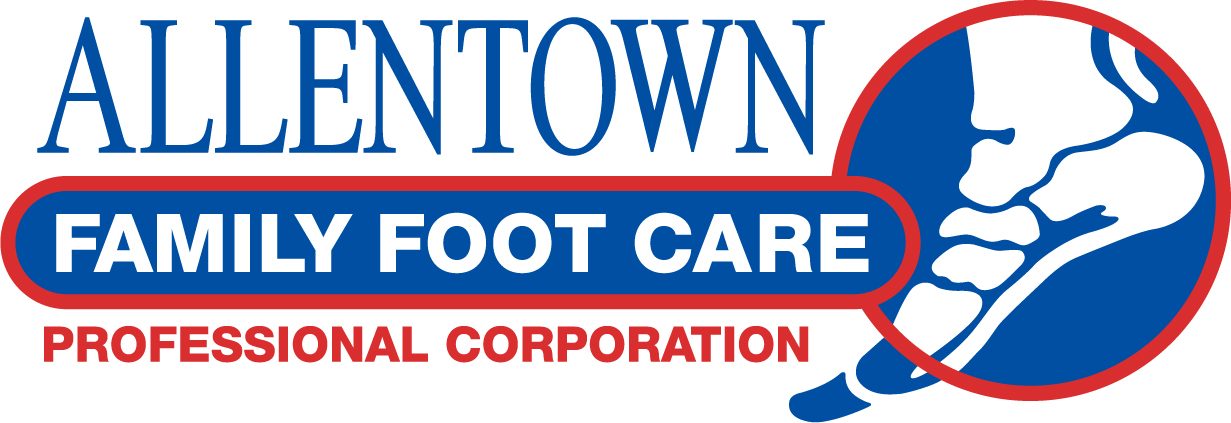Fall Risk and Prevention Awareness
Falls among older adults are a silent epidemic. They sap confidence, stir fear, and can cascade into lasting harm. But this isn’t inevitable. Let’s talk about how we can help — starting from the ground up: the feet.
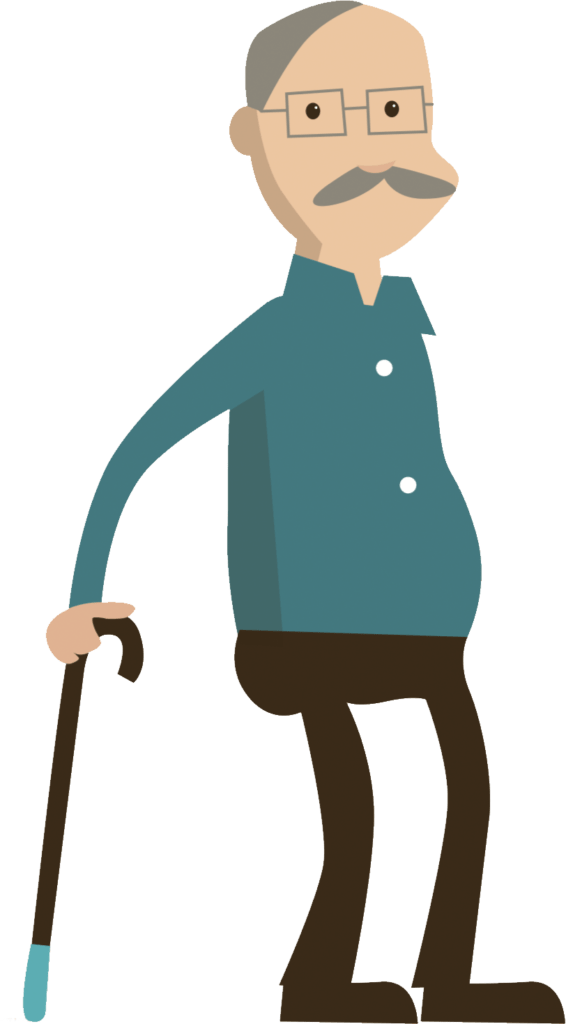
The Stakes Are High
Scope & Trends
Over 14 million older Americans (ages 65+) report a fall each year — that’s roughly 1 in 4. CDC
About 37% of falls among older adults cause injuries requiring medical attention or restricting activity. CDC
In 2023, the unintentional fall death rate in adults 65+ was 69.9 deaths per 100,000 — and rates keep climbing, especially past age 85. CDC
Over the past decade, fall-related deaths among older adults have increased by over 50%, and emergency department visits have surged 40-plus percent. Injury Facts
These numbers matter. Because behind each statistic is a real person, losing mobility, independence, or even life.
Why Feet & Ankles Matter
Too often, foot and ankle pain is dismissed as “just aging.” But discomfort in the feet can erode stability, throw off gait, and discourage movement — all of which elevate fall risk. And ironically, the very exercises meant to strengthen balance become harder to perform when feet hurt.
Key Risk Factors for Falls
Here are common culprits:
Intrinsic (Internal) Risks
Muscle weakness or loss of lower-limb strength
Gait and balance impairments
Foot deformities, bunions, hammertoes, arthritis, diabetic neuropathy
Visual or sensory decline
Low blood pressure / postural hypotension
Medications (especially those that cause drowsiness, dizziness, low blood pressure)
Chronic conditions (stroke, Parkinson’s, cognitive impairment)
Extrinsic (External) Hazards
Poor lighting, loose rugs, slippery floors
Uneven surfaces, stairs without handrails
Improper footwear
Lack of handrails or grab bars
Behavioral / Contextual Factors
Fear of falling (which leads to limiting movement and weaker muscles)
Inactivity, sedentary lifestyle
Previous falls (a prior fall doubles the chances of falling again)
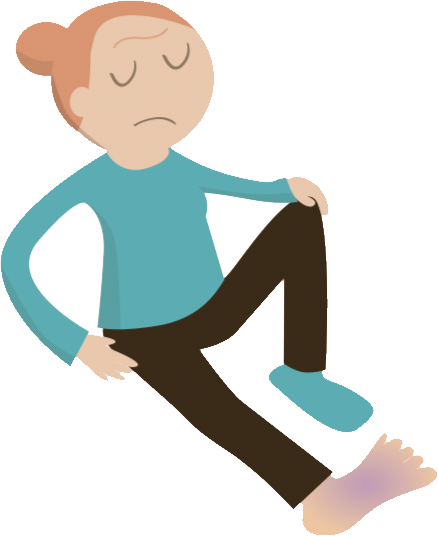
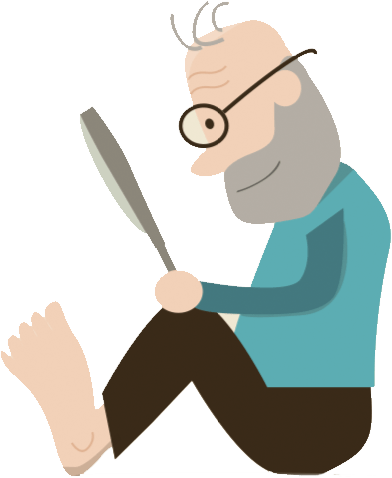
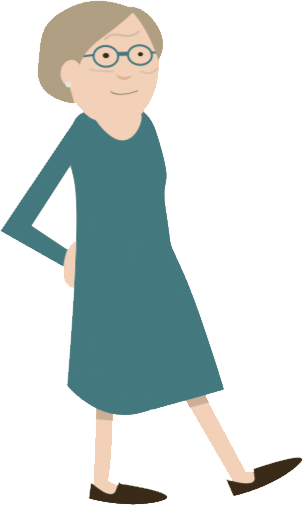
Actionable Prevention Strategies
Let’s get practical. Here’s what you and your clients can do, starting today — because even small changes make a difference.
Foot & Ankle First: The Foundation
Don’t ignore foot pain. If walking, standing, or doing basic tasks invoke discomfort, schedule a professional evaluation.
Inspect daily. Encourage self-checks: look for swelling, skin changes, lumps, or wounds. Early detection matters.
Stretch & strengthen. Gentle toe curls, ankle circles, heel raises — do them daily (or as tolerated) to maintain mobility and resilience.
Supportive footwear & orthotics. Cushioned, stable shoes plus properly fitted insoles or custom devices help reduce stress and improve balance.
Custom balance brace (AFFC Balance Solution). At Allentown Family Foot Care, we offer a lightweight stability brace (available in simple and leather options) to assist in steadiness.
Intervene surgically when indicated. Some deformities or structural problems respond best to outpatient surgery — yes, even in older adults.
Broader Interventions
Home modifications. Remove trip hazards, install grab bars, improve lighting, and add non-slip surfaces.
Balance & mobility training. Tai chi, targeted balance work, or other physical-therapy protocols are evidence-based.
Medication review. Ask physicians or pharmacists to review prescriptions to identify any that increase fall risk (e.g. sedatives, blood pressure drugs).
Vision & hearing checks. Poor vision or hearing can distort spatial awareness and balance.
Stay active—but safely. Encourage walking (with support if needed), supervised exercise classes, or guided home programs.
Fall response plan. Know what to do if a fall occurs: how to safely get up (if possible), how to seek help, and how to assess injury.
How Allentown Family Foot Care Helps
We believe fall prevention should be proactive, not reactive. At Allentown Family Foot Care:
Seven dedicated doctors are on staff, bringing specialized focus to feet, ankles, and stability.
We provide custom, lightweight balance braces (our AFFC Balance Solution) that may enhance steadiness and confidence in walking.
We have two sample brace models (a simpler version and a leather-finish option) for patients to trial before committing.
We’re committed to comprehensive care—from diagnosis to orthotic/brace fitting to surgical options when necessary.
Call us now to schedule an appointment and explore whether the AFFC Balance Solution might help you or someone you care for.
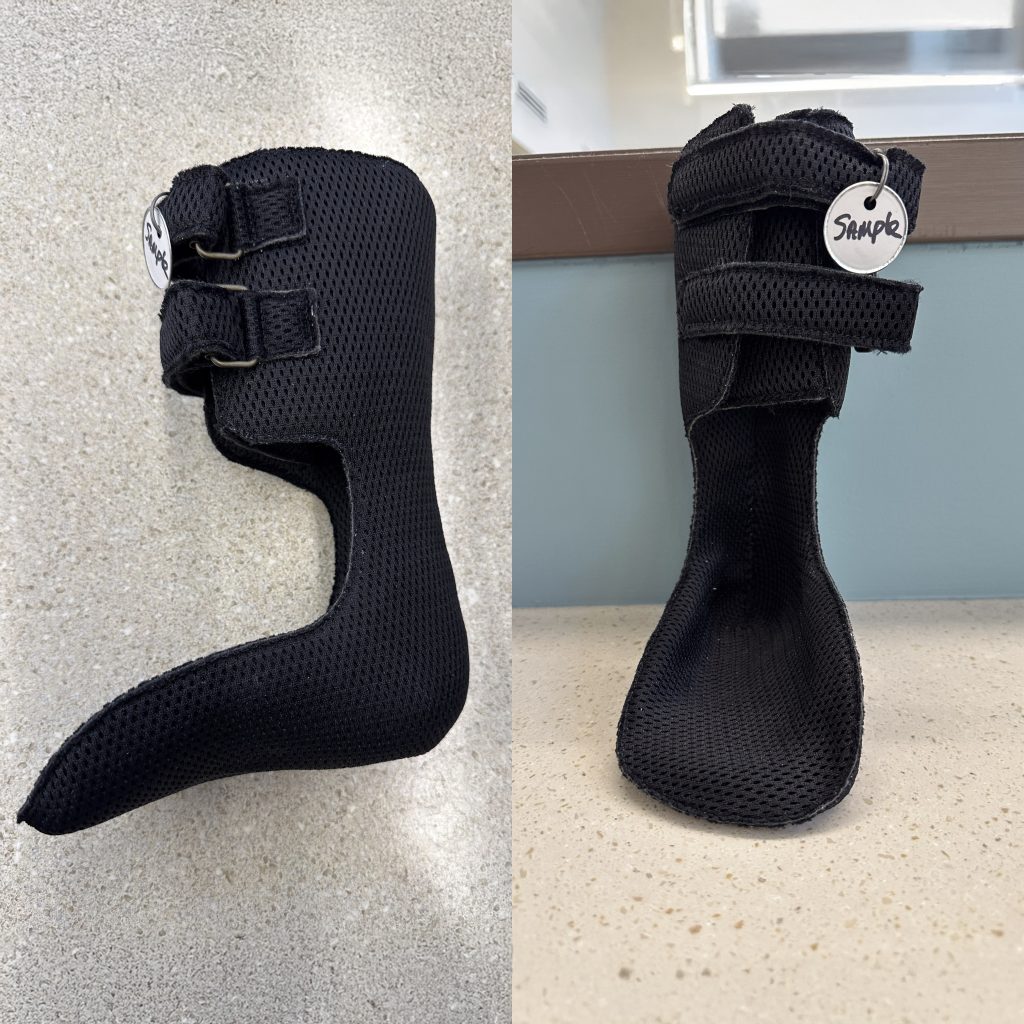
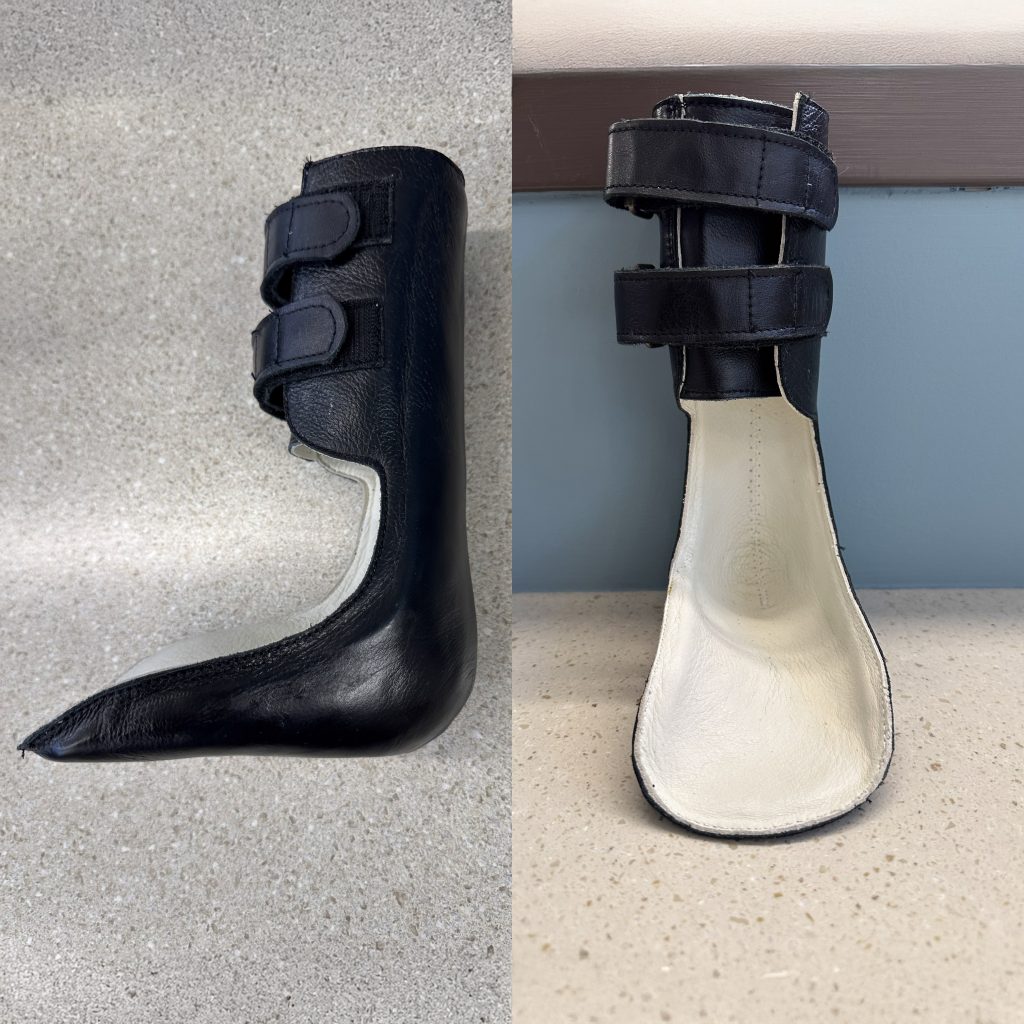
Final Thoughts
A single fall can change everything: mobility, confidence, independence, quality of life. But the good news? Many falls are preventable. Take steps — big or small — today.
If foot pain, balance worries, or recurring stumbles are creeping in, don’t wait. Reach out. Let’s work together to build stronger, steadier strides — one foot at a time.
Allentown Family Foot Care is here to help. Call now and let’s get you (or someone you care about) moving with more confidence.
